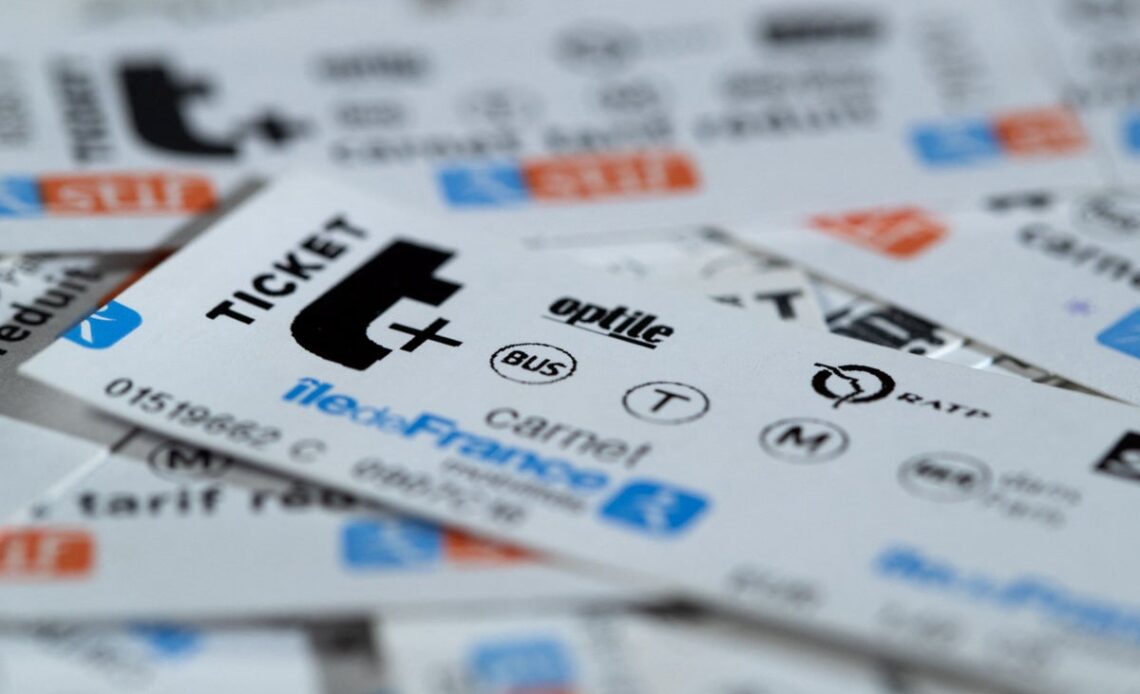The iconic Paris Métro paper ticket is to be no more after over 120 years, it has been announced.
The 6.5cm x 3cm ticket, white with a brown magnetic strip and known as a ‘carnet’, was first introduced in the French capital on 19 July 1900.
Handheld tickets, of which around 550 million are sold per year, will be replaced altogether with a switch to contactless payments, saving about 50 tonnes of paper.
Operators of the Métro’s ticketing system Île-de-France Mobilités have been planning the switch for a while, but the move away from paper tickets was delayed from the first quarter of this year after the pandemic, along with the war on Ukraine, caused a global shortage of the microchips needed for replacement smartcards.
Île-de-France Mobilités director-general Laurent Probst said: “We were in a hurry, but the chip crisis slowed us down.”
The tickets are well-known by locals and tourists alike, and have become one of the many symbols of Paris.
Already, some metro stations are stopping selling carnets to travellers, and many ticket barriers no longer read paper tickets.
Due to this gradual phasing out of the tickets, customers have already started to move towards contactless payment. Probst said: “Our customers are beginning to change their habits.”
Author Gregoire Thonnat, who wrote a book on the history of the metro ticket, told France 24: “As the metro ticket disappears, so does a part of our lives. The metro ticket is part of how we picture Paris.”
Probst explained that travellers will likely be able to purchase carnets until 2024, but they will be a little pricier than the smartcard alternative, coming in at €1.90 for a paper ticket and €1.49 for a smartcard.
Click Here to Read the Full Original Article at The Independent Travel…
